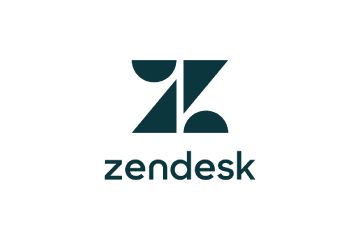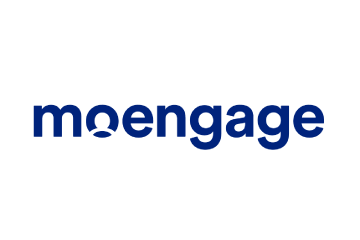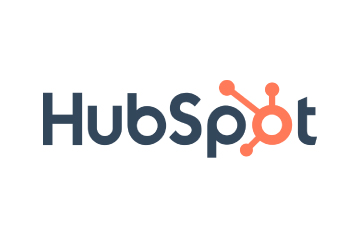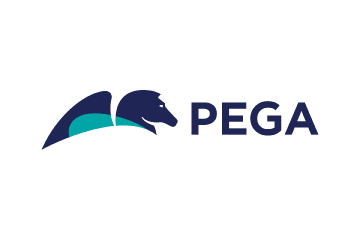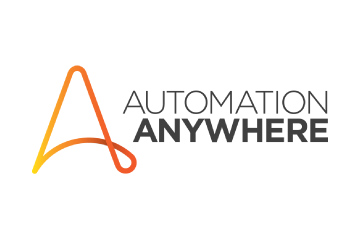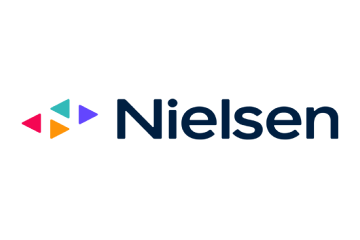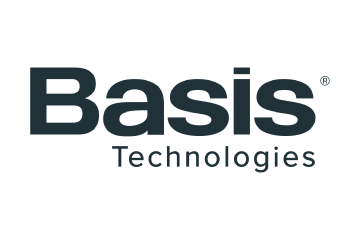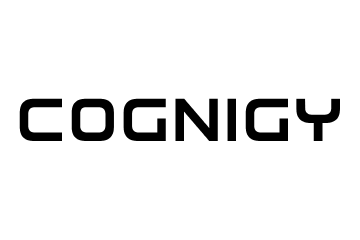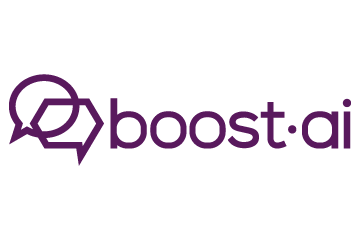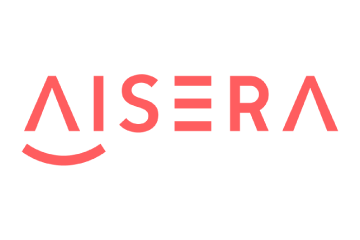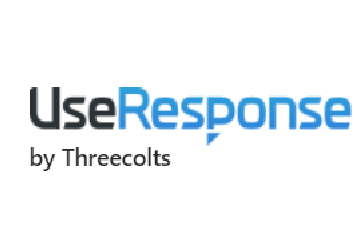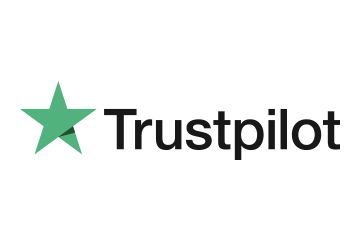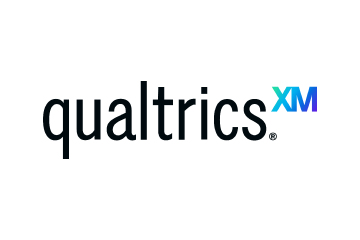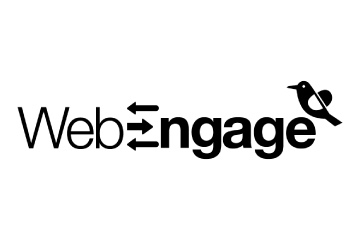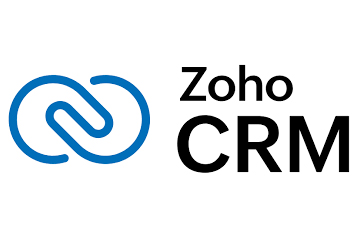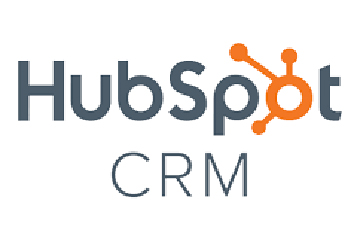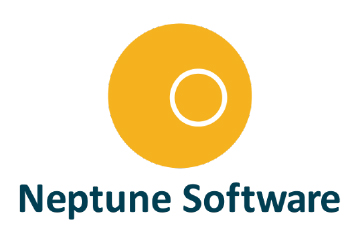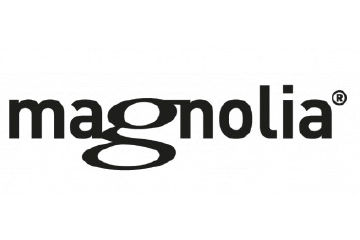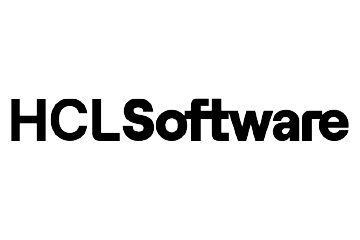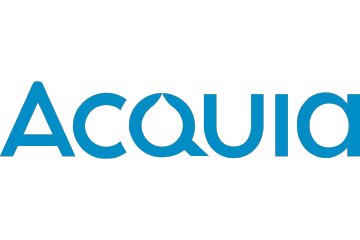Why Digital Maturity is The New Competitive Edge
New research shows that businesses with higher digital maturity are outpacing their peers, with integration, agility, and leadership alignment playing pivotal roles in delivering ROI and operational resilience.
Topics
What to Read Next
- WunderKIND Ads, Yahoo DSP Expand Access to High-Intent CTV Moments
- Profound Launches Workflows to Scale Human-Grade AI Marketing
- Pinterest to Acquire tvScientific, Expanding Performance Advertising to CTV
- Nexxen Introduces Measurement and Optimisation to Nexxen Health
- Mundial Media Unveils Cadmus AI 3.0 for Contextual Advertising

Business doesn’t stand still. Markets shift, challenges emerge, and what worked yesterday might not work tomorrow.
In a world like this, simply having the latest technology isn’t enough. What truly makes a difference is how well that technology is put to use. Many companies have invested in digital tools, but only a few are turning those into a real competitive edge.
So, what’s their secret? It comes down to digital maturity.
That’s the key takeaway from new research commissioned by HubSpot and carried out by Lonergan Research. The study, which surveyed 544 Singaporean business leaders from non-sole trader organisations, found that businesses with higher digital maturity are consistently outperforming their peers, even in uncertain times.
Although 91% of businesses have made progress in digitalisation, the benefits vary widely. The standout performers are those who’ve gone beyond just adopting tools; they’ve fully integrated them, connected their systems, and empowered their teams.
For example, companies that have advanced AI in place are five times more likely to report strong performance. That figure jumps to 9x for fully digitalised businesses, and to 10x for those with fully integrated systems across departments.
Carol Fong, Head of Asia, HubSpot, said, “In today’s dynamic and highly competitive business environment, agility is everything. The difference between a thriving business and one merely keeping the lights on comes down to how quickly they can adapt to changing market conditions, make the right decisions, and execute.”
The Integration Gap: A Roadblock to ROI
While most businesses in Singapore have embarked on their digital transformation, findings point to a technology integration gap that would affect their ability to fully capitalise on digital tools. While 90% of businesses currently have some level of integration of core business systems, less than 15% are fully integrated.
Beyond performance, businesses with higher digital maturity can move faster, and that speed translates into real returns. This has immense implications on growth potential, with findings indicating that fully integrated companies are 3x more likely to realise their ROI within a month.
“Tech stacks are growing, and can often become unnecessarily complex, cause friction between teams, and impact visibility across the organisation,” said Carol Fong, Head of Asia, HubSpot.
The gains of digital adoption are maximised when systems are integrated and data is accessible across teams. This empowers organisations with the speed, coordination, and scalable execution necessary to bridge potential and business performance.
AI Effectiveness Hinges on Data and Integration
Integration can also have an impact on AI outcomes. AI has been championed by the Singapore government as a strategically important tool for business growth and competitiveness, with numerous initiatives to accelerate its adoption. This may have contributed to more than 83% of businesses having adopted AI.
However, 16% of businesses are currently at an advanced stage of implementation – the use of AI across multiple business functions.
Findings also point to only 6% of companies in the early stages of adoption being fully integrated, an indication that AI initiatives may have stalled due to fragmented data as a result of integration challenges.
AI is only as powerful as the data it has access to, and quality data requires unifying tech stacks and data flows across the organisation. This is a critically important digitalisation gap to close as advanced adopters of AI, who also tend to have higher digital maturity, are reporting significantly better business results.
25% of businesses with advanced AI systems are seeing immediate positive ROI on new investments, compared to just 1% for businesses in early stages of adoption, and are almost twice as likely to report stronger company performance.
Leadership Alignment: The Hidden Growth Barrier
The research finds that as businesses in Singapore become more digitally mature, their barriers tend to shift from infrastructure or technology limitations to internal bottlenecks. These barriers include a lack of leadership buy-in as well as slow decision-making.
Findings indicate that these internal roadblocks become more pronounced as businesses mature digitally.
Close 39% of fully digitalised businesses cite slow decision-making as their biggest growth barrier, with 33% also flagging leadership hesitancy. In contrast, only 24% of partially digitalised businesses report similar leadership challenges.
This could have contributed to a slower pace of technological maturity and uneven progress in digital maturity. Among advanced AI adopters, 37% face slow implementation not due to tech readiness, but leadership and alignment issues.
“We see this pattern repeatedly – businesses invest in advanced technology but then hit an internal ceiling. This signals a critical truth – technology adoption without leadership alignment doesn’t work,” said Fong.
“When leaders hesitate or decision-making processes remain slow, even the most sophisticated systems in the world can’t move the needle. The most successful digital-first companies today are likely those where an empowered leadership is driving urgency from the top.”
Agility Needed to Navigate Economic Uncertainty
Leadership alignment will be especially important amidst ongoing economic headwinds. The agility that digital tools can provide to businesses enables them to pivot away from disruption or to capitalise on growth opportunities.
Findings indicate that nearly 74% of businesses have become more cautious due to economic uncertainties. Barriers to growth persist, with the top challenges cited by local businesses including economic uncertainty (45%), limited capital (35%), complexity of technology integration (32%), and talent shortages (32%).
Analysing the top growth priorities among businesses for the next 12 months, local organisations are focusing on enhancing operational efficiency (38%), implementing AI or automation (36%) and improving sales processes (34%). These are all areas that can benefit from the right application of digital tools.
When asked what resources would be most helpful to achieve growth goals, businesses agreed that upskilling employees for digital transformation was their top concern (53%), an essential step toward strengthening digital maturity and enabling agile, resilient operations.
This indicates that digital maturity is not only about adopting the latest technologies, but also nurturing teams that have the requisite skillsets to most effectively use these digital tools for the best outcomes, giving rise to more agile, responsive operations.
Government Support Fuels Momentum But Gaps Remain
Government-led efforts have played a key role in the digital transformation of Singapore’s businesses. Close to 89% of businesses report that government support has had a positive influence on their technology investments.
Today, local businesses can leverage numerous programmes such as the Enterprise Development Grant, Enterprise Compute Initiative, and SkillsFuture that have been designed to accelerate adoption, foster digital maturity, and reduce barriers to digitalisation.
However, the level of influence varies by company size. Large enterprises with more than 200 employees are more effectively leveraging government support (93%), with a slightly less pronounced impact observed among smaller businesses with 19 employees and below (86%).
Dato Seri Ashraf Bakar, Council Member, Association of Trade and Commerce (ATC) Singapore, said, “While Singapore’s government has been proactively supporting digital transformation for enterprises, smaller businesses often face a fundamental challenge: digitalisation may initially increase operating costs rather than providing immediate returns.”
“More targeted support specifically designed for smaller businesses—with structured guidance toward digital adoption—would help these companies adeptly navigate the digital landscape. This will enable small businesses to more effectively digitalise and stay competitive amidst economic changes.”
The Digital Race Is Tightening
While economic uncertainty affects every business, not all are impacted equally. What’s becoming increasingly clear is that digital maturity is the true differentiator. Companies with integrated systems, advanced AI tools, and aligned leadership aren’t just surviving—they’re accelerating ahead of the competition.
The road ahead will demand speed, adaptability, and smarter execution. As the digital race intensifies, businesses that remove friction, empower their teams, and build scalable systems will be the ones to turn challenges into growth opportunities.
ALSO READ: 25 Martech Innovators Injecting Agentic AI into the Suite







